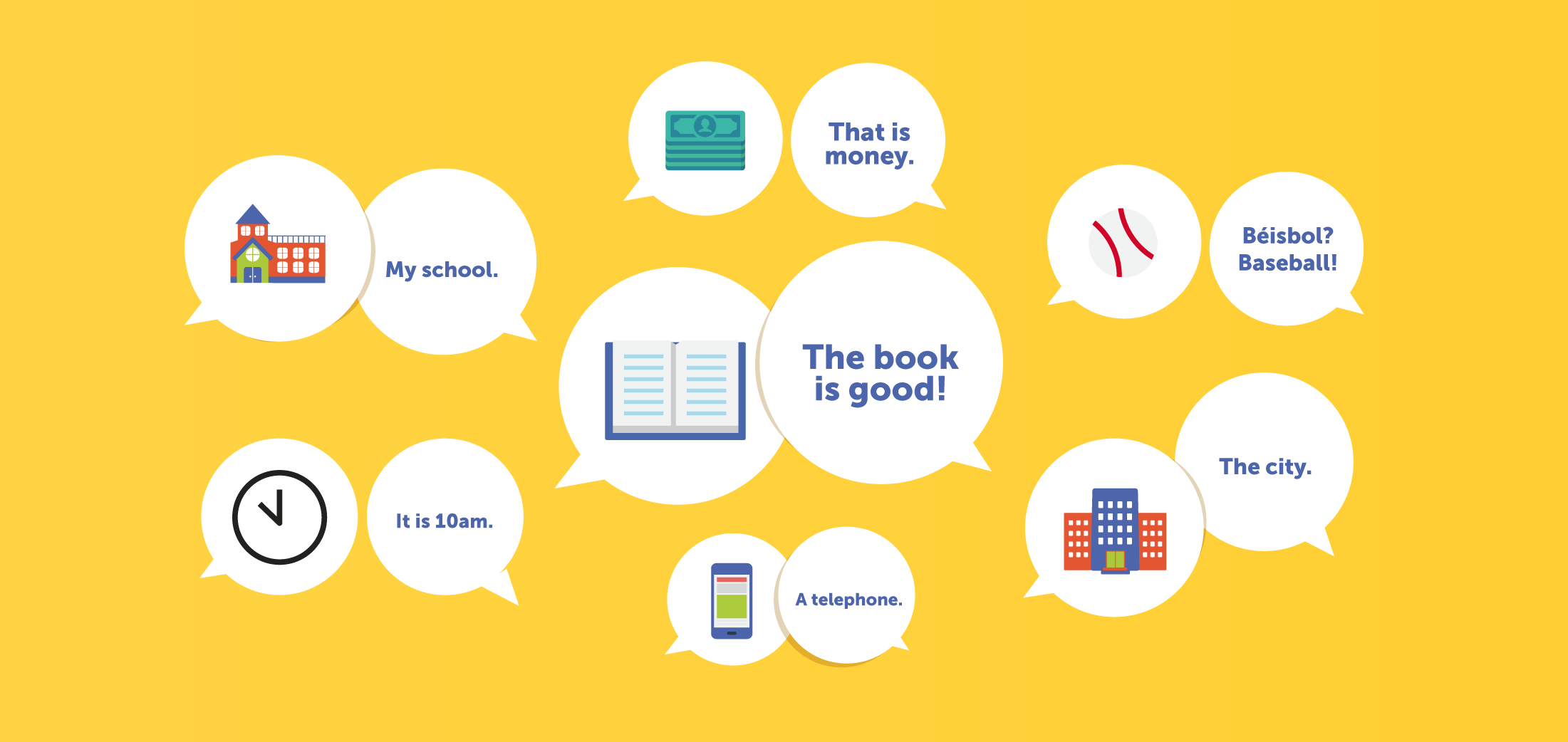

Rebekah Kim is the Director of Instructional Supports in Highline Public Schools. In this role, she supports P-12 schools in several areas of work which include differentiation, highly capable, personalized learning and social emotional learning. Her passion for equity is the driving force and lens in which she approaches these areas of work in her support of students in Highline. Before Rebekah moved to central office, she spent 12 years as a building principal. During her principalship, she moved one of her schools to a K-6 comprehensive blended classroom model. Her instructional leadership involved the work around building culture shifts to a more innovative mindset to differentiate the varying learning needs of her 700+ students. She is passionate about family engagement, varying instructional planning for the academic and social emotional needs for all learners. For more information see Highline’s district website. You can also find Rebekah on Twitter @EdLeaderKim
By Paola Uccelli
Educators often ask us: Which types of words should I teach to English learners? And what types of instructional formats support this word learning?
For emergent bilinguals, also called English language learners (ELL), research shows that vocabulary instruction — explicit teaching and guided practice to expand students’ knowledge of words’ meanings — needs to be conducted consistently across all instructional formats. Different instructional formats, however, are useful in teaching different kinds of words.
Across all instructional formats, the following elements are important:
Emily Phillips Galloway and Gladys Aguilar also contributed to this response.
This answer was developed in partnership with Usable Knowledge at the Harvard Graduate School of Education.
Strategic Education Research Partnership (SERP) program

Paola Uccelli is a professor at the Harvard Graduate School of Education. She studies literacy development and differences in skill levels among readers, with an emphasis on multilingual students. She has also researched ways to increase reading comprehension by focusing on how the words in a text connect. She has developed a tool to assess elementary and middle school students’ language skills, which teachers can use to provide more targeted interventions. Read full bio